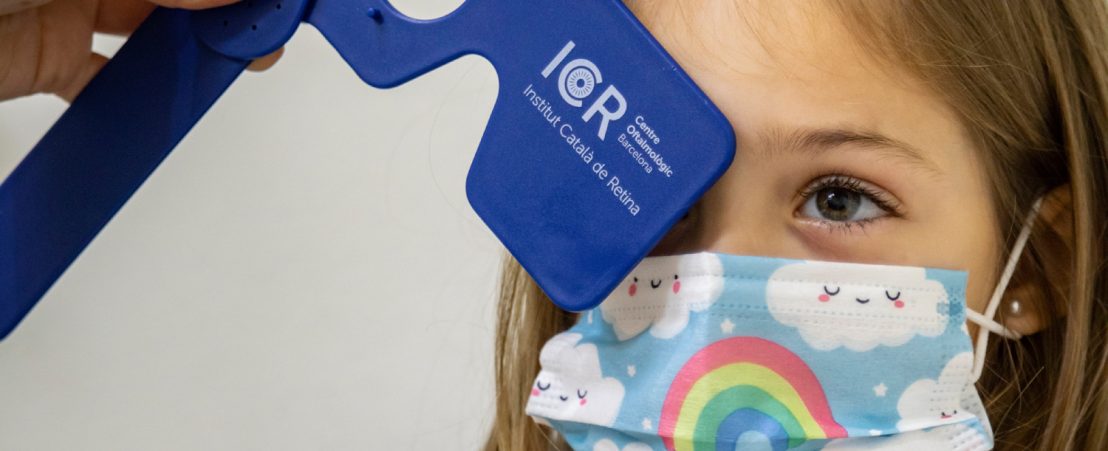
Amblyopia or lazy eye is a vision alteration caused by an asymmetry in the position of the eyes. It usually develops at a very early age and is the leading cause of childhood vision loss. For this reason, it is essential to undergo an early vision examination by a specialized ophthalmologist in order to detect this alteration and evaluate the treatment as soon as possible.
Although there is no disease that hinders the visual capacity of the eyes, the brain receives poorer quality information from one of them, so it gives preference to the eye that sees better. This causes the other eye not to be stimulated or work hard enough and it ends up becoming “lazy”.
Some of the causes may be:
Lazy eye or amblyopia is not always easy to detect because, depending on its cause, it is not recognized at first sight. On the other hand, if the visual deficit is unilateral, it is very difficult to detect at home. In addition, children are not aware of the unilateral vision deficit in most cases.
There are some signs that should make us consult with the pediatric ophthalmologist because they may accompany a specific pediatric eye disease, such as:
The most important thing to correct lazy eye or amblyopia is early detection and treatment, as it can only be treated during childhood. Regular ophthalmologic check-ups are recommended to detect any alteration from the age of 3 years, although if necessary, vision can be assessed in children as early as 6 months of age. The earlier it is detected, the better the results will be.
The treatment of lazy eye depends on its cause and may consist of:
In any case, the most important thing for the treatment of lazy eye or amblyopia is to detect it and treat it early, since the child’s visual prognosis will depend on it.
Amblyopia or lazy eye is low vision in one eye due to poor coordination with the brain. The brain gives preference to the eye that sees better, which means that the other eye is not stimulated and does not work hard enough. It is important to detect and treat it as soon as possible, since at approximately 8 years of age the definitive vision is reached and it is more difficult to correct it. Strabismus, on the other hand, occurs when one or both eyes are deviated and can also be treated in adulthood. In many cases, lazy eye is a consequence of strabismus.
The earlier it is detected and treated the better, since from 7-8 years of age the success rate of treatment begins to decrease, although there are cases in which improvements can be achieved up to 15 years of age.
Yes, lazy eye can be prevented by performing an examination at an early age in order to detect a strabismus that has not yet generated amblyopia and therefore prevent its development. Likewise, anisometropia can be detected at an early age and treated with glasses, thus avoiding the use of a patch. In conclusion, amblyopia or lazy eye is something that can be avoided only by having a check-up with a pediatric ophthalmologist at an early age.

Contact us or request an appointment with our medical team.